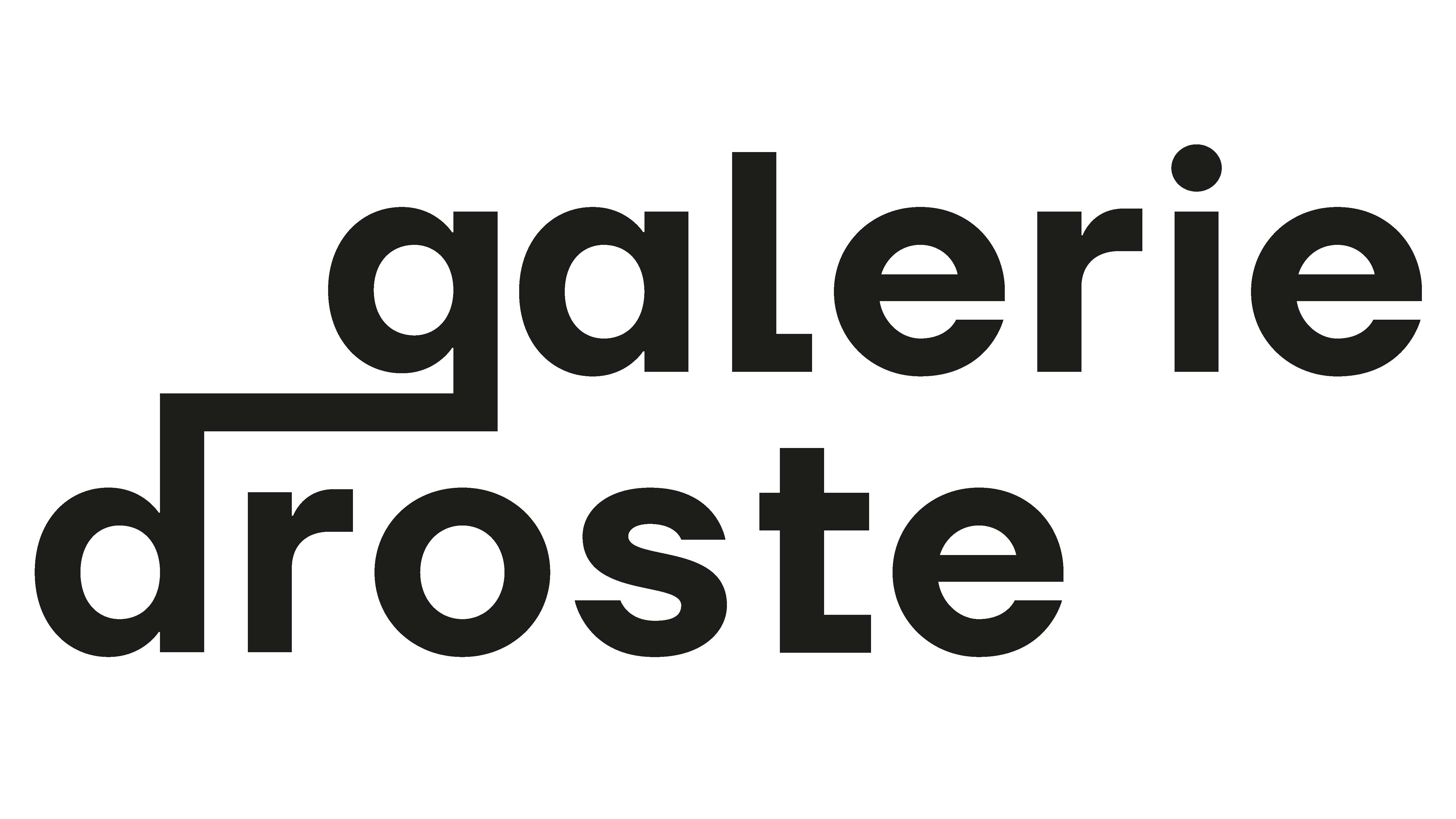The choice of the title Paragone (comparison in Italian) emanates from an observation: the one that often enjoins artists to choose, to define
themselves by a unique medium and finally, to restrain an imagination that
could only come out more fertile.. In echo to this sometimes unfortunate warning directed against, in this case, the artist Eve Malherbe. The exhibition title alludes to this rhetorical and theoretical quarrel born in the Italian Renaissance, named Paragone. More than a simple battle, this concept developed a strong idea: artists, by defending their own form of artistic expression (especially painting and sculpture), are essentially affirming their independence and status. It is not so much the conflict or the superiority of one art over another that is important, but rather the way of existing and creating as an artist in a society that did not yet recognize the circumstances that it does today: it is the "culture of struggle for rank[1]" as Christiane J. Hessler writes.
This title mokes a debate that seems to persist: Eve Malherbe paints, draws and shapes without ever devaluing one practice over another. Yet she succeeds in asserting her position as an artist through a clear aesthetic, intellectual direction and intention. The choice of works and the scenography for this exhibition reflects the desire to show several facets - both coherent and multiple of the artist's virtuoso production. The Renaissance artists used this ambivalence by associating and comparing the arts: "Painting is a poetry that is seen instead of felt and poetry is a painting that is felt instead of seen.[2]" In a poetic way, precisely by daring to mix drawing, textile, more hybrid pieces and painting, all the arts seem to pay tribute to each other and enjoy themselves, silently and gracefully, at the debate. A burst of impertinence on a sea of wonders.
In Eve Malherbe’s paintings, the discord is agitated: one would think to see sculpted figures. Her drawings, with their tenderness of the charcoal and the fragility of the dust, merge with the softness of pleats in a fabric which would be disturbed by the wind. The drapery, freely inspired by Zurbarán's meticulous devotion, gives life to forms that consciously escape from abstraction. The works respond to each other in an unspeakable language suggesting the apparition, desire, transformation, dazzle and mystery: here is a song without words that we understand however.
This artist thus transforms matter into miracles on glass, canvas and paper. It is unexpected. It is a revelation, in every sense of the word. One guesses an embrace between statues that move and movements that freeze. One encounters suns, until then hidden, themselves blinded, that pierce the clouds. "Red light, green light": we play with the works in an endless game. Believing ourselves to be the master of the game and of the gaze, we notice, by turning around, that each work seems to have moved. By closing the eyes, one keeps the imprint of these illuminated forms full of a vibrant silence. From then on, one accepts to believe in miracles.
Laure Saffroy-Lepesqueur
Eve Malherbe, born in 1987, lives and works in Oise, France. A graduate of the universities of Marseille and Lille in visual arts, she studied interior architecture and design at the Camondo School in Paris, and art history at the University of Valencia, Spain. In 2019, she is the recipient of the Pierre David Weill Drawing Prize from the Académie des Beaux-Arts. In 2021, she is a resident at Casa Velázquez in Madrid.

